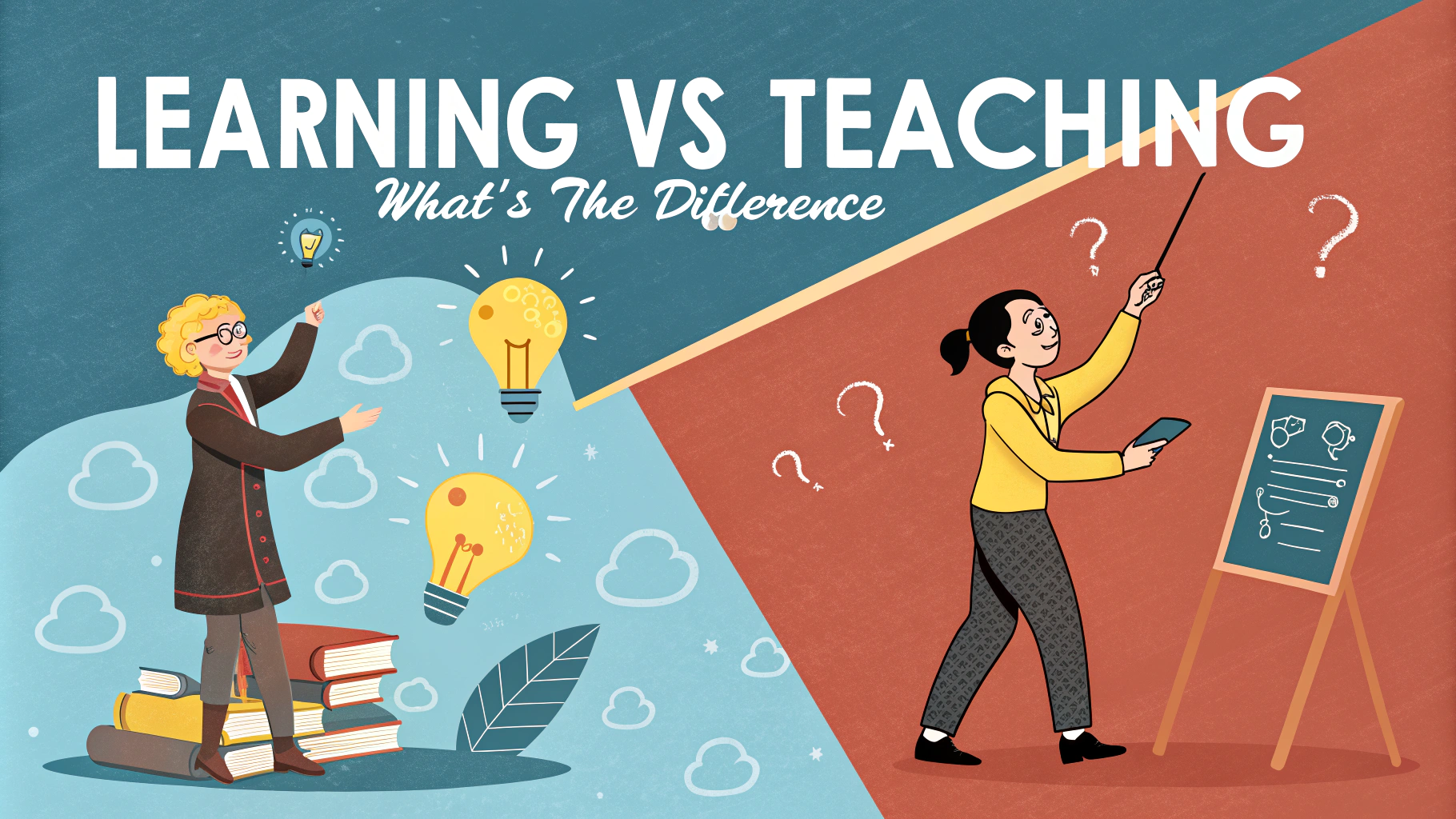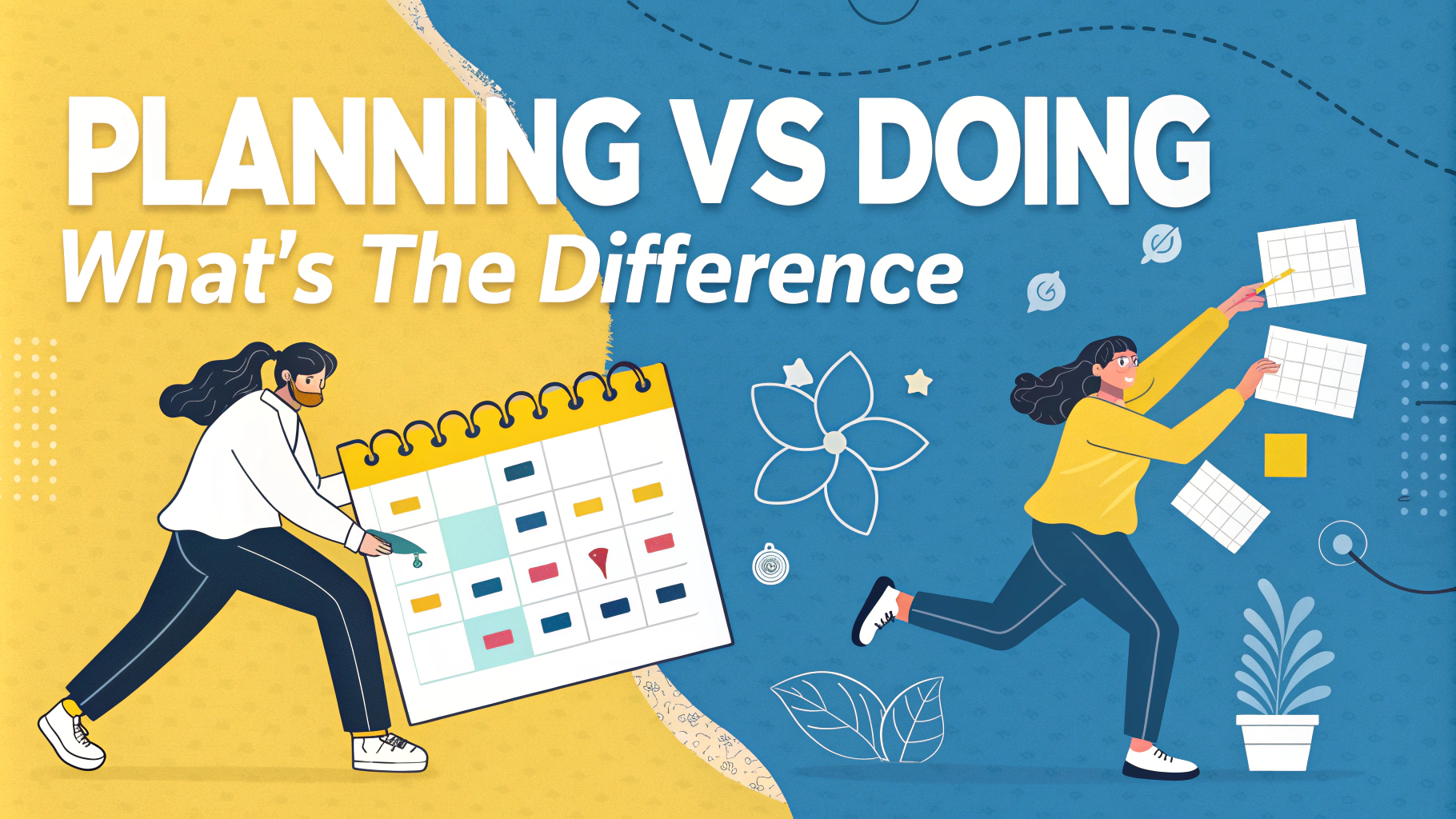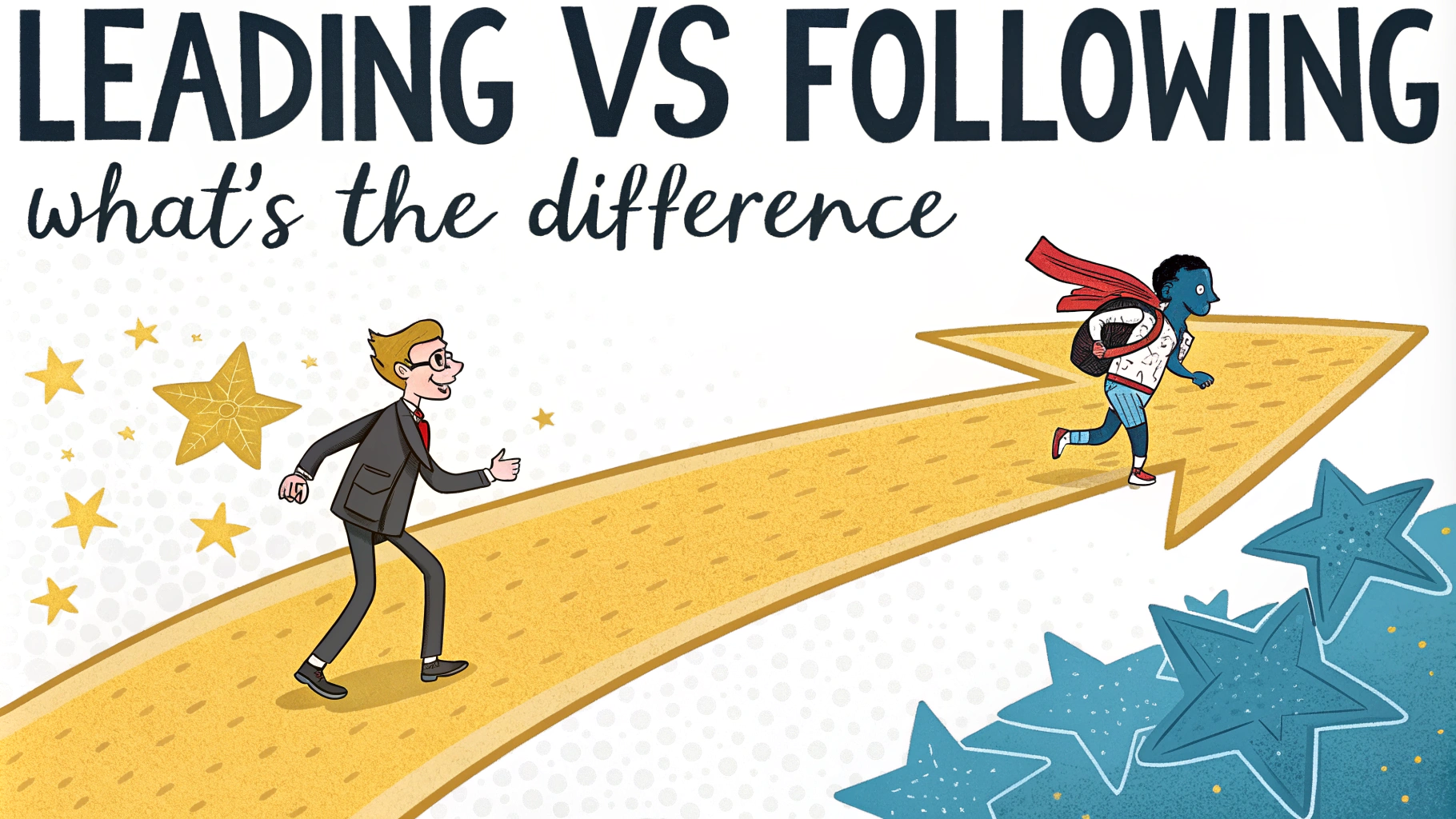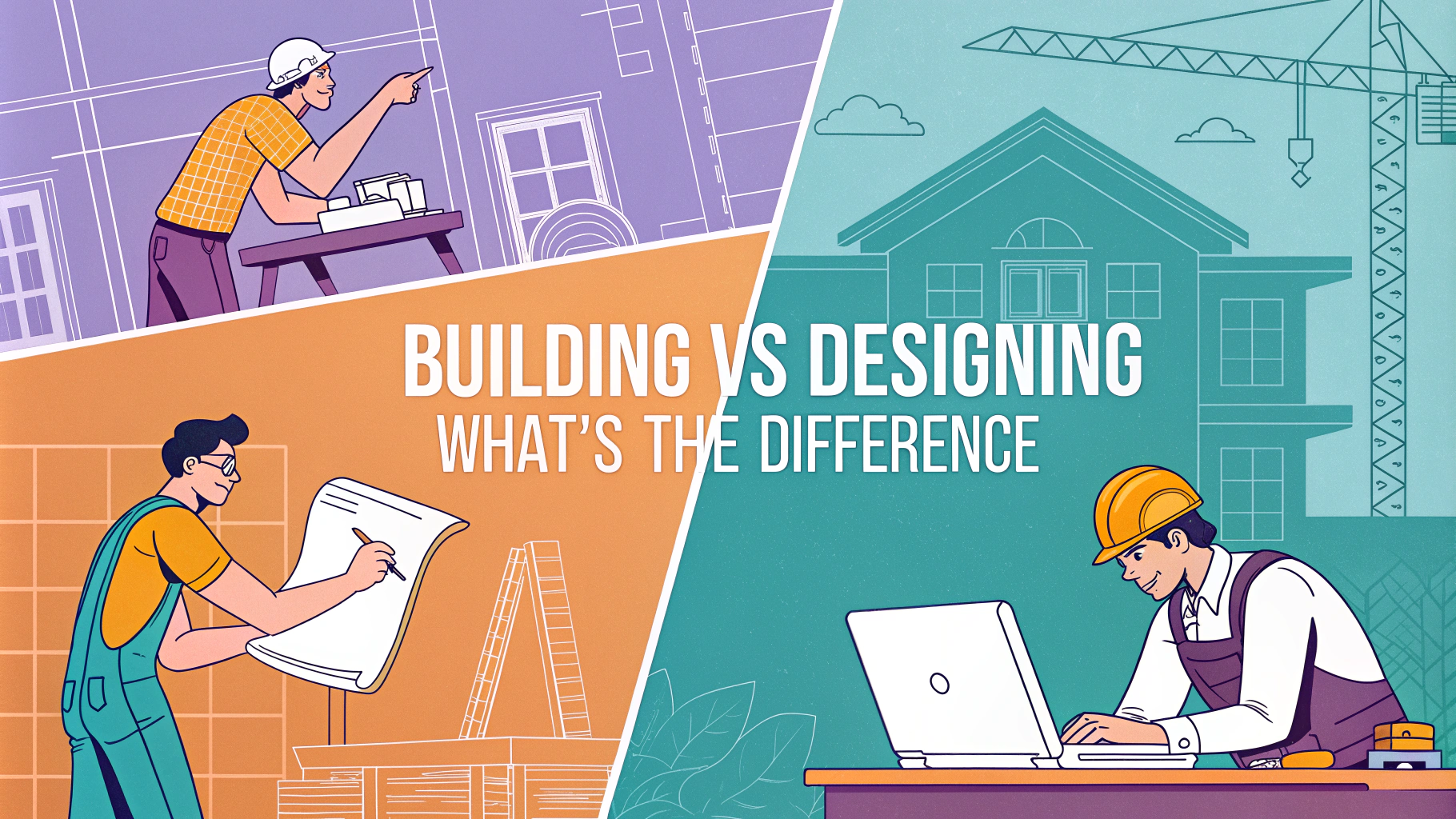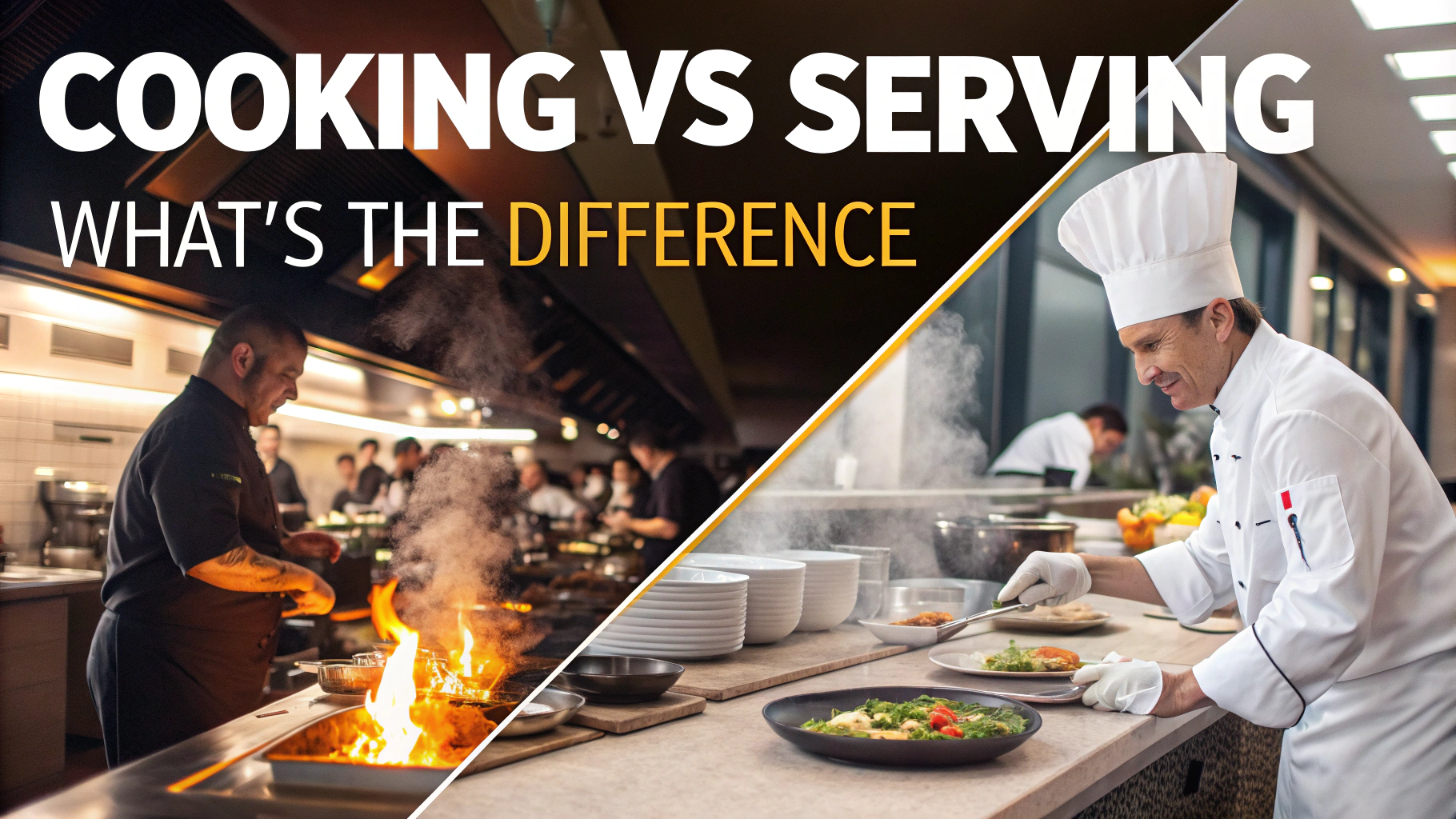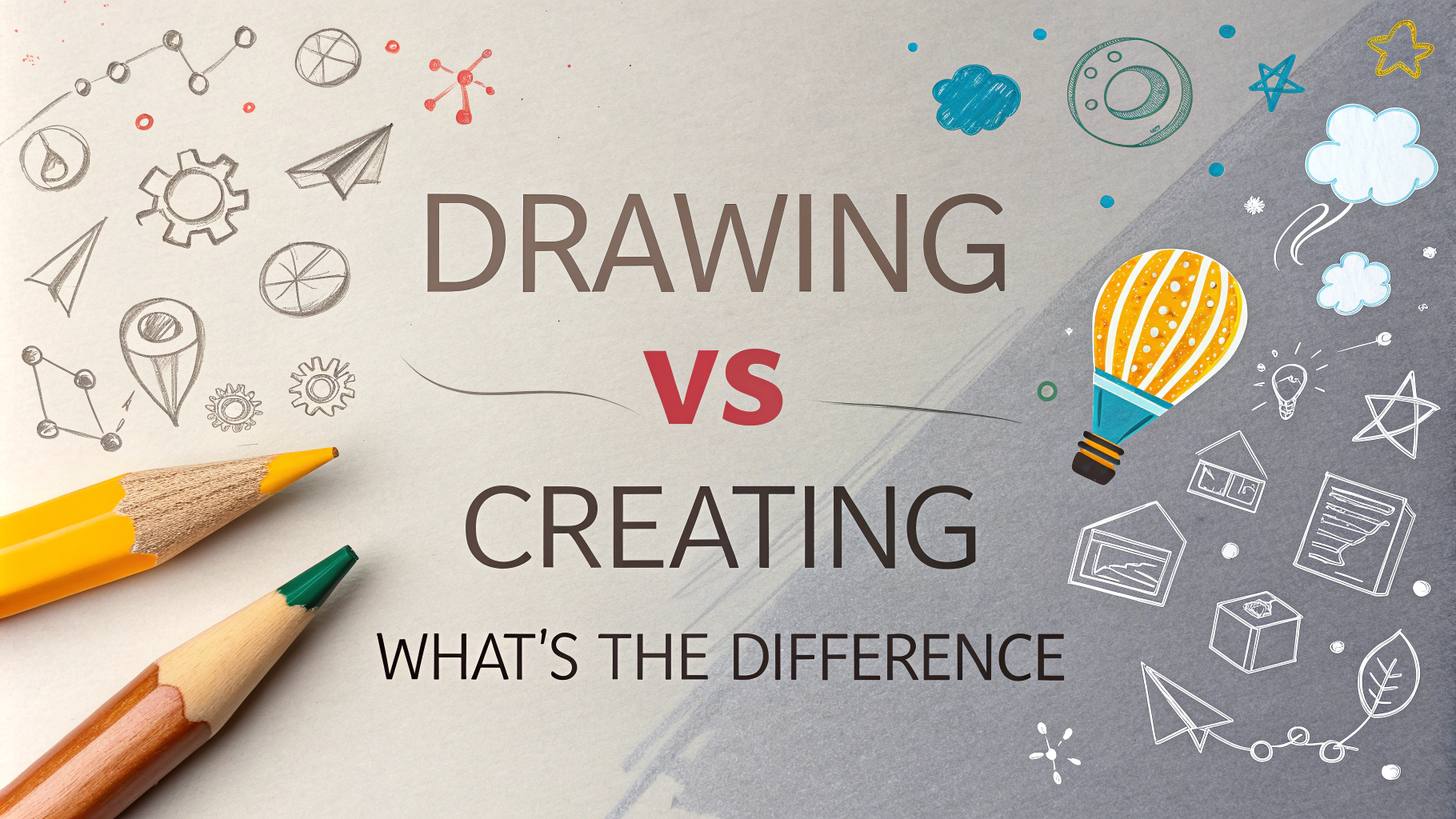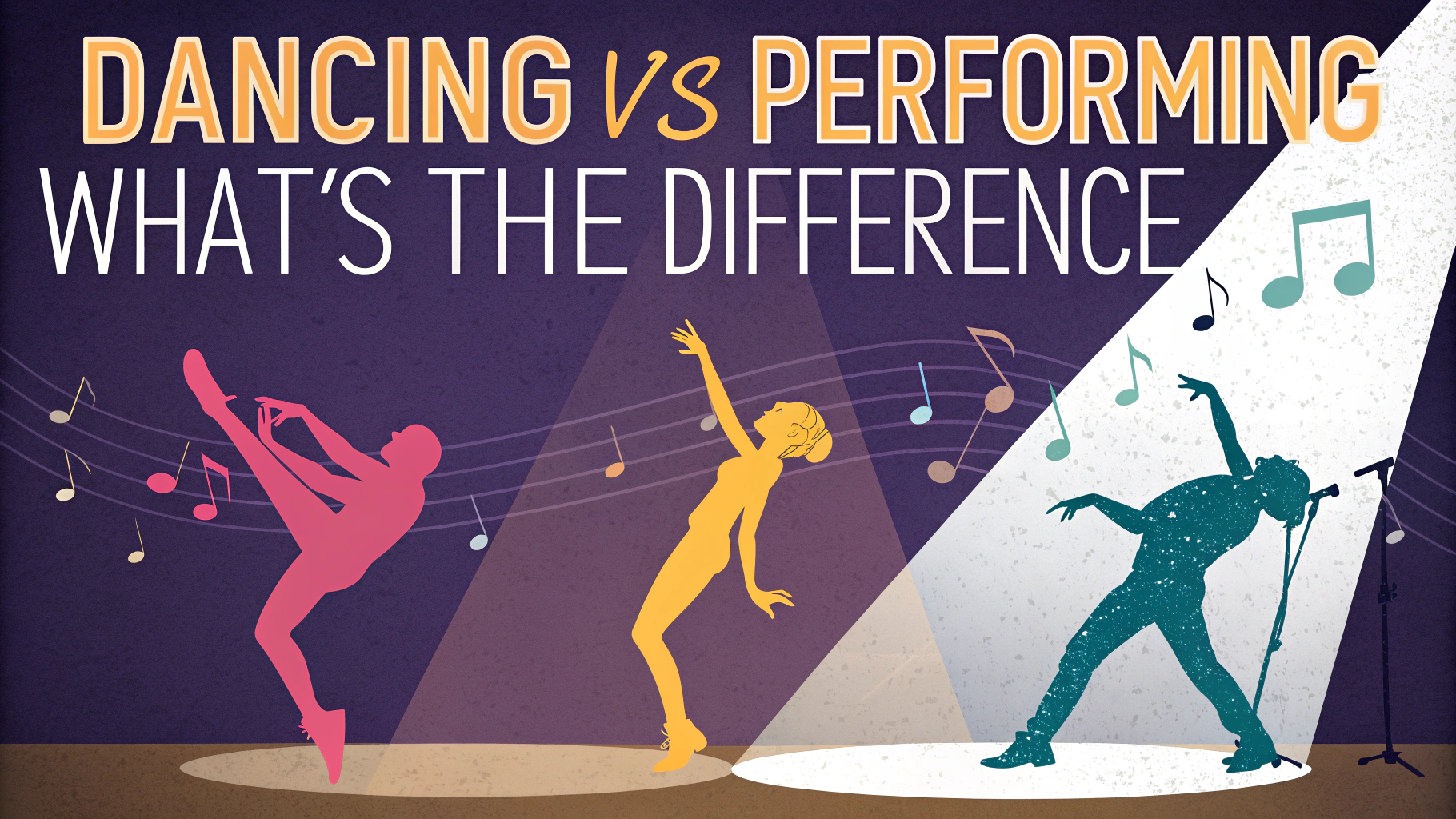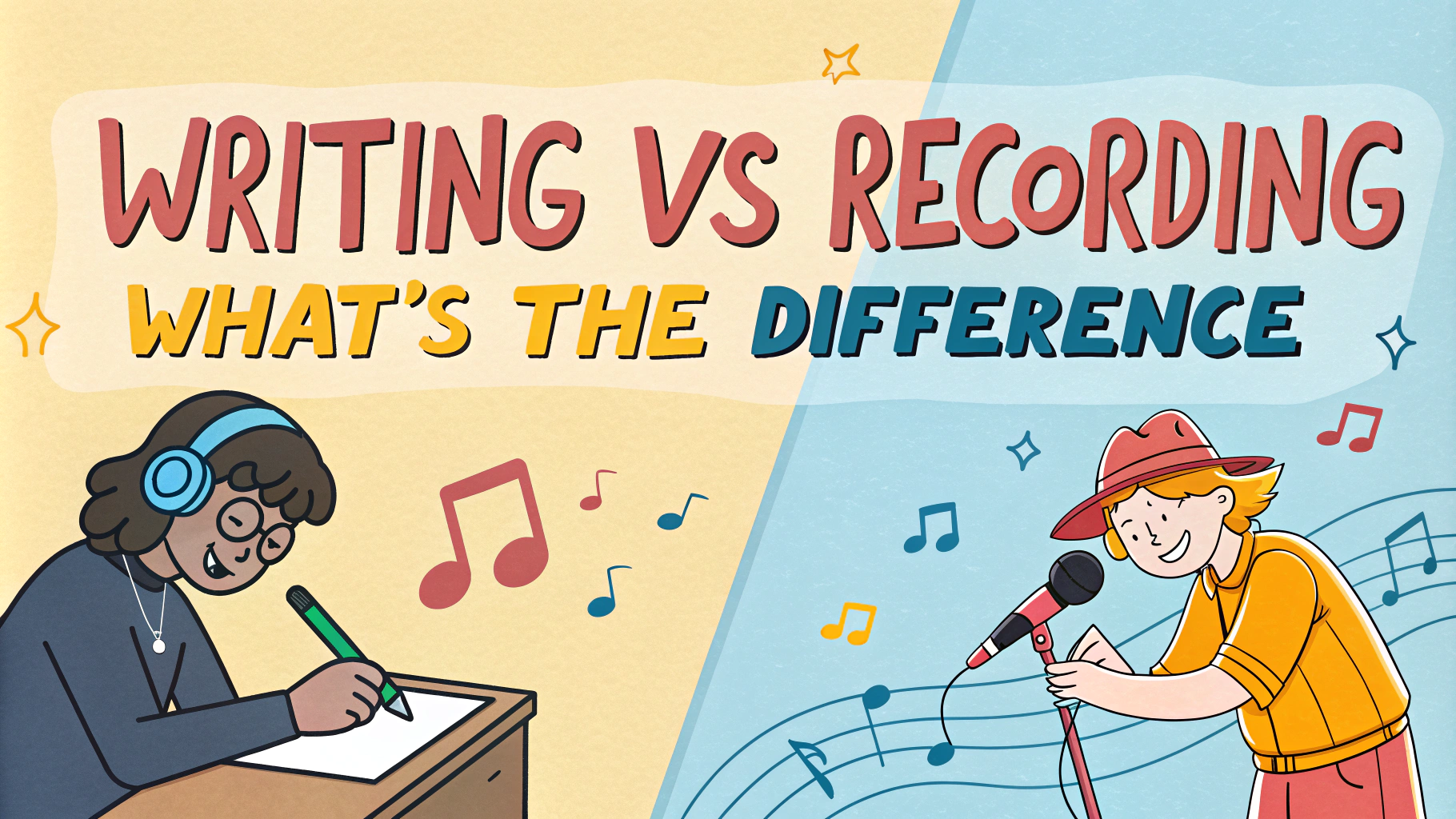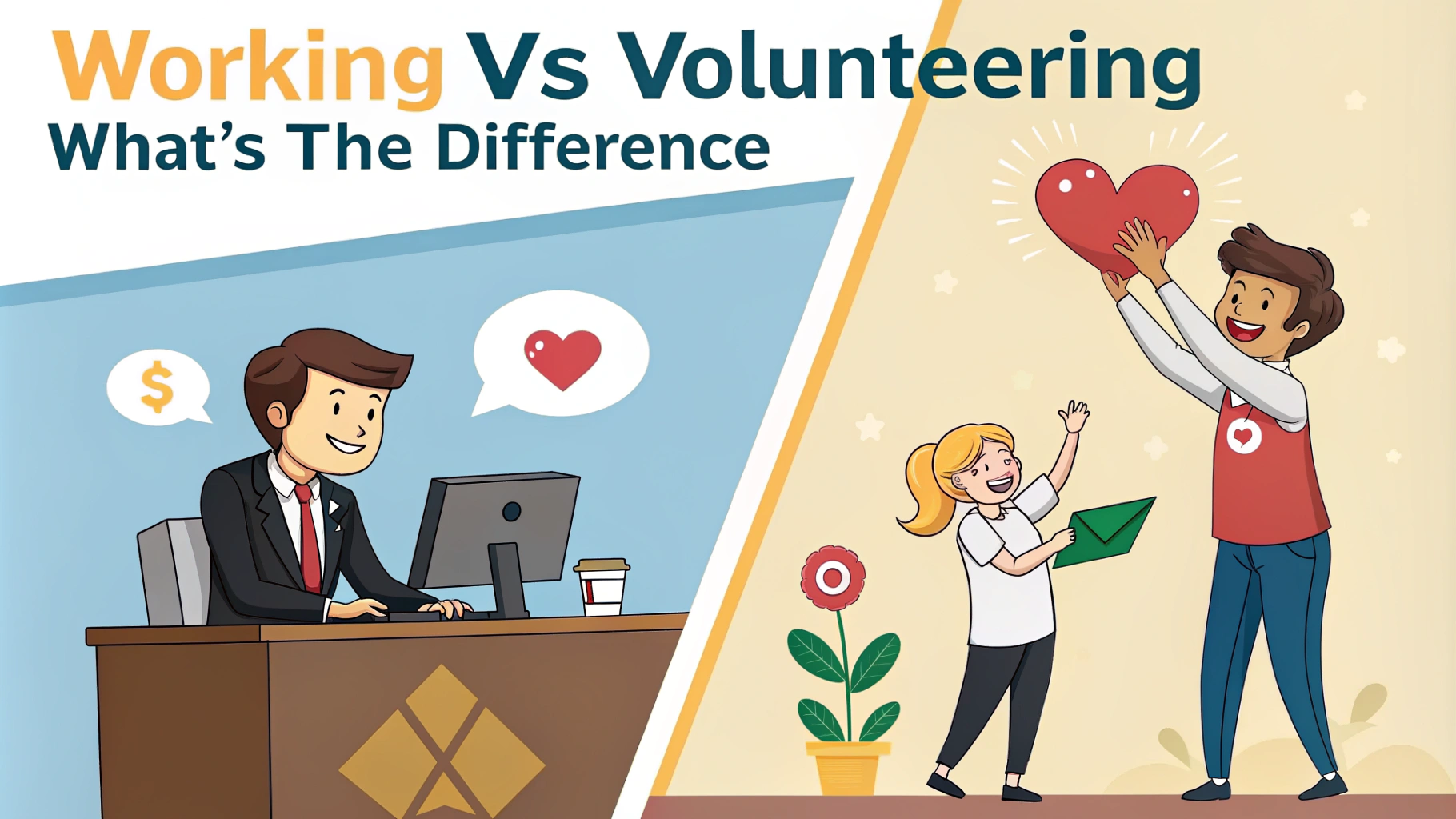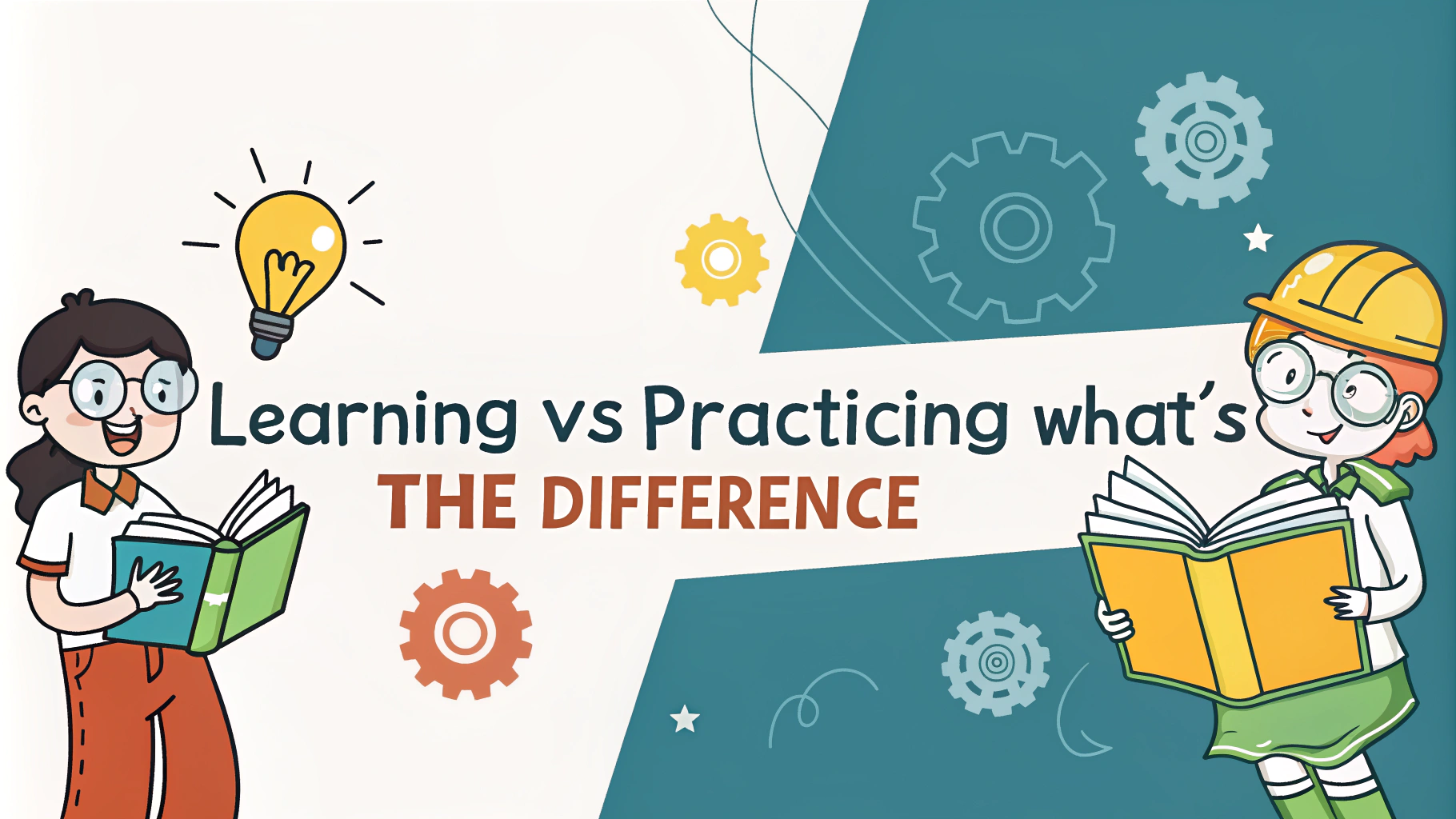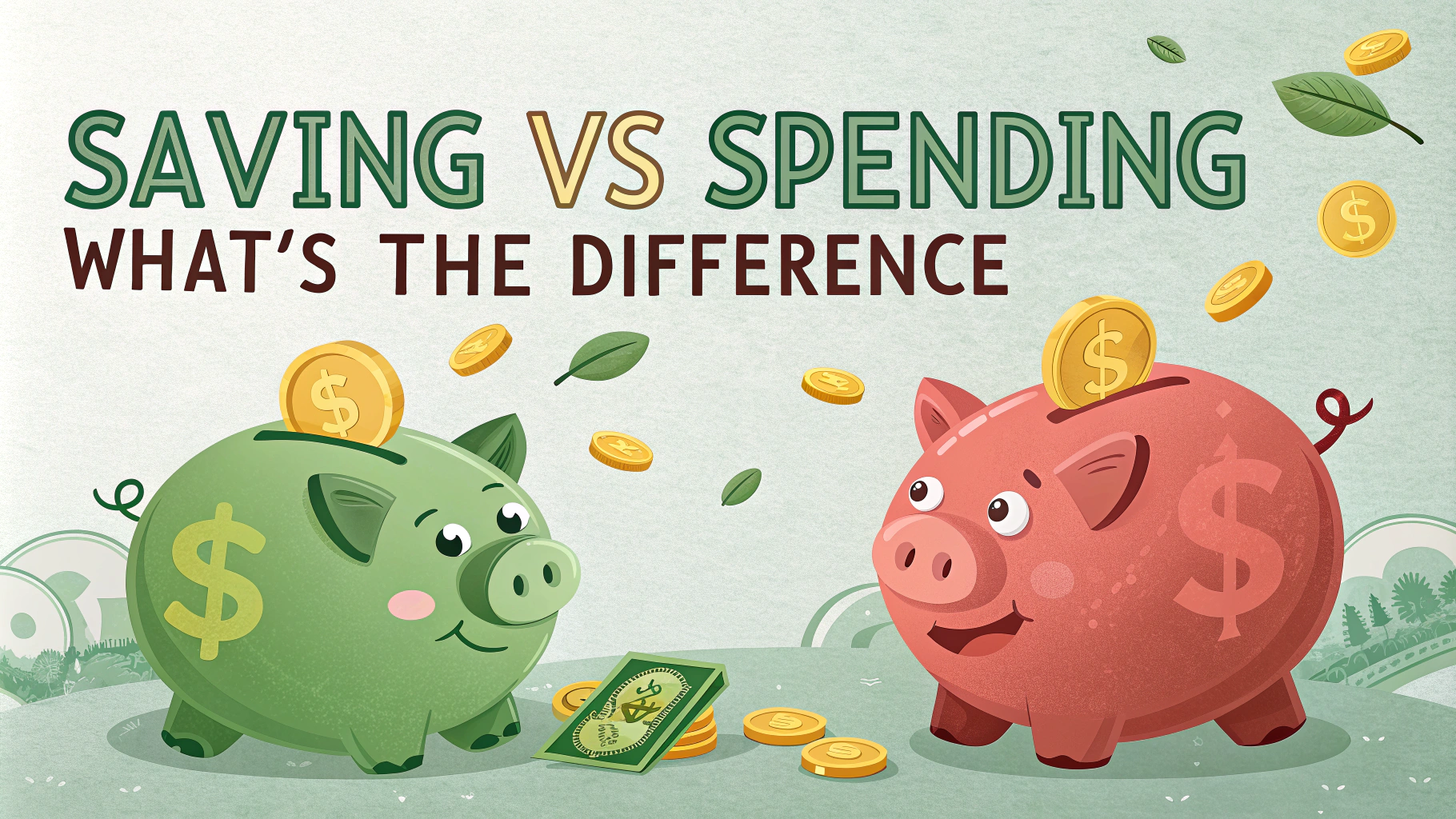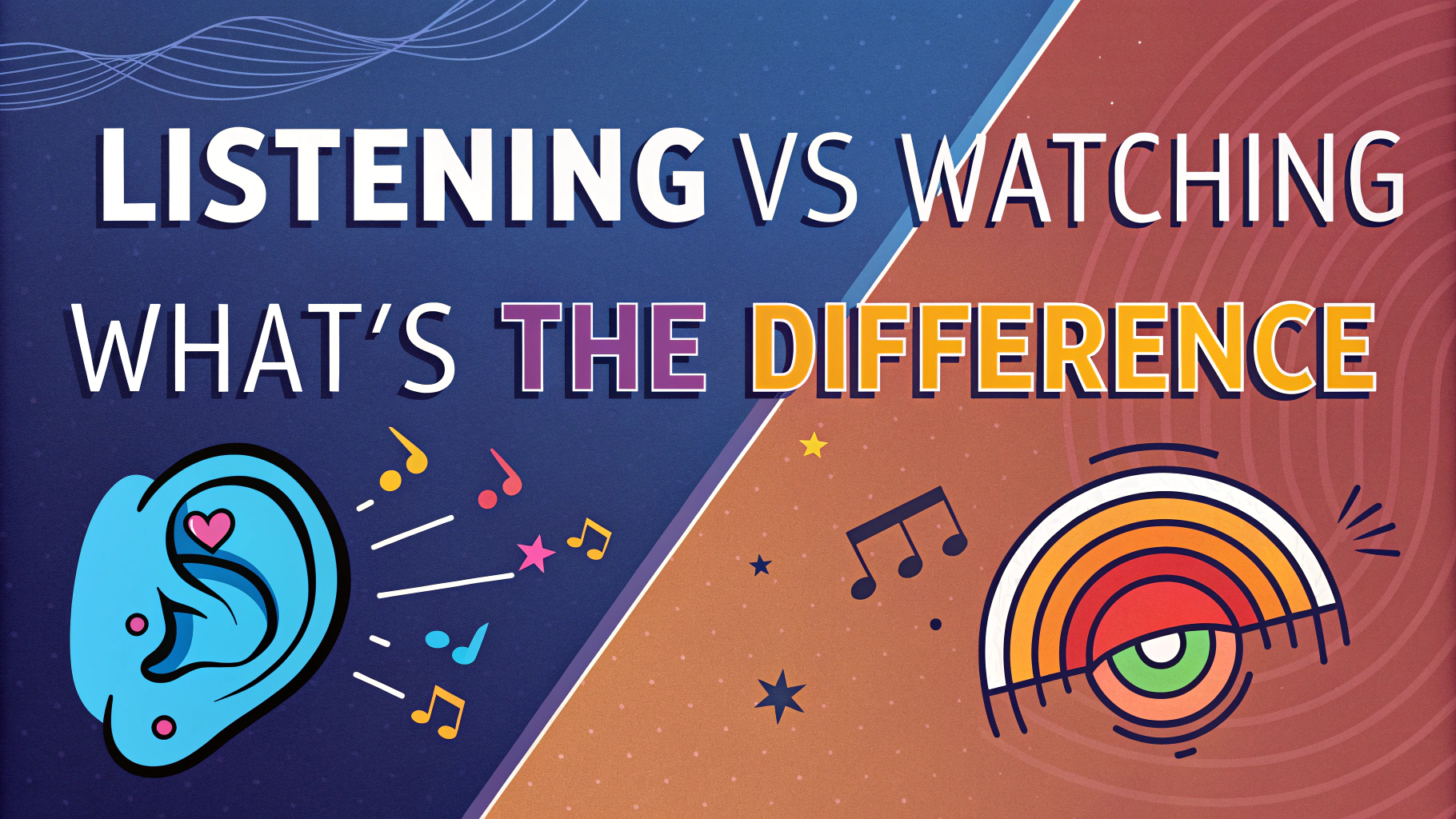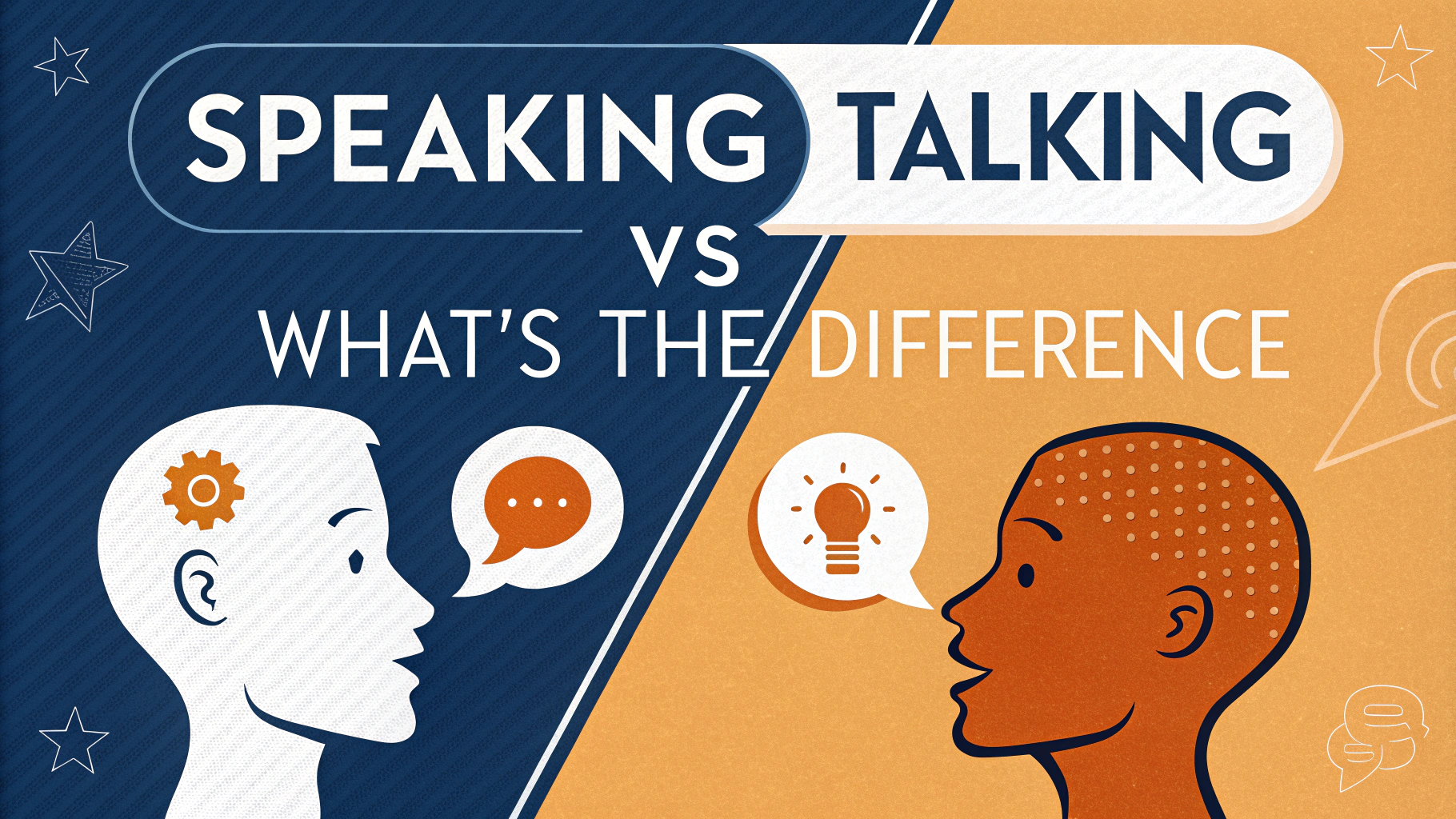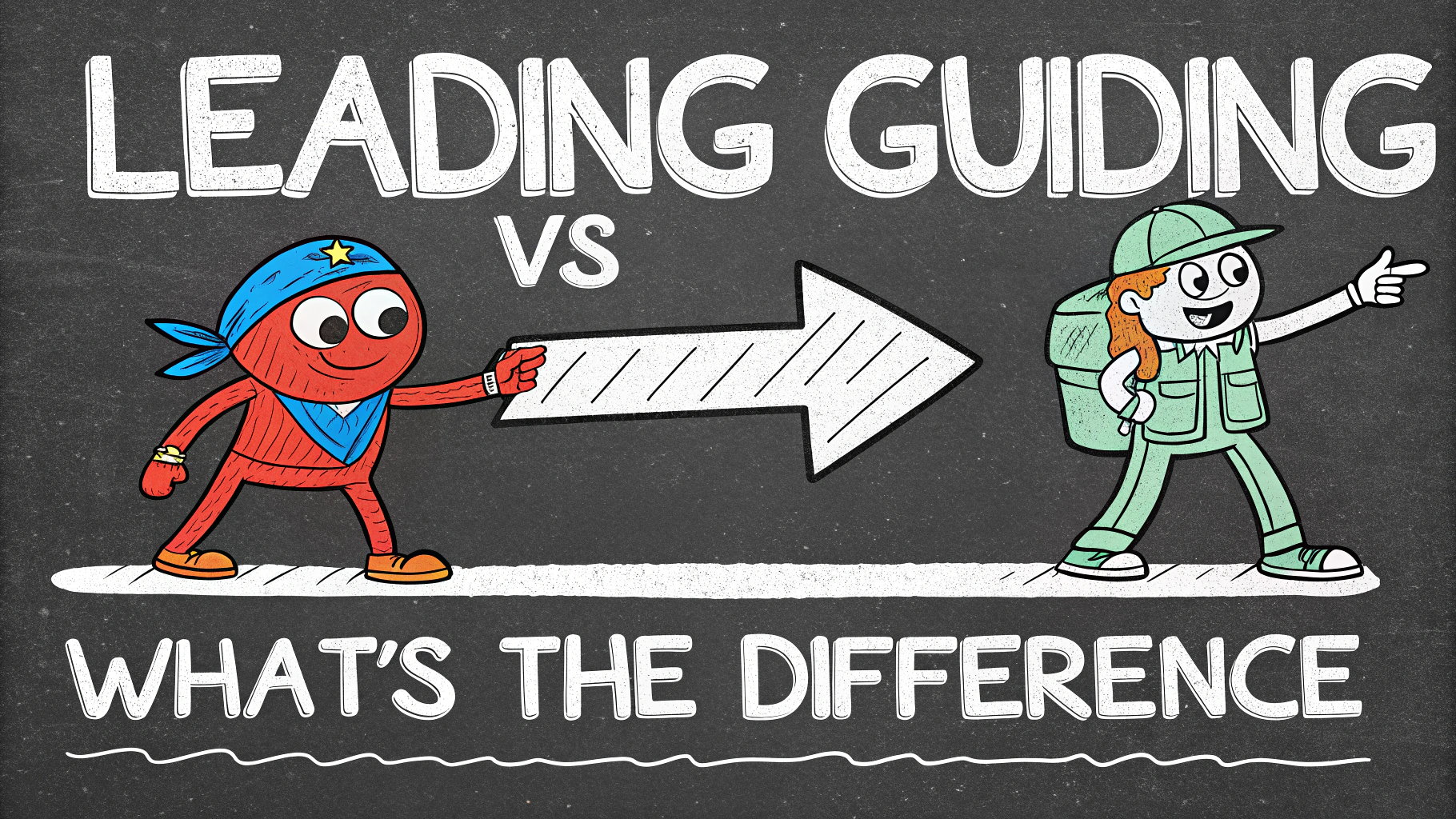Twin flames and soulmates are concepts that spark curiosity and captivate those seeking deep, meaningful connections. While often used interchangeably, these terms describe distinct types of relationships with unique characteristics and purposes.
This article explores the key differences between twin flames and soulmates, helping you understand which connection you might be experiencing. We’ll delve into the signs, challenges, and potential benefits of each relationship type, providing insights to navigate your spiritual journey.
Defining Twin Flames
A twin flame is often described as the other half of your soul, split into two bodies. This intense connection is characterized by:
- Immediate recognition upon meeting
- Intense emotional and spiritual bond
- Mirroring of each other’s strengths and weaknesses
- Catalyst for personal growth and transformation
Twin flame relationships can be challenging and tumultuous, pushing both individuals to confront their deepest fears and insecurities.
What Are Soulmates?
Soulmates, on the other hand, are individuals with whom we share a deep, natural affinity. Key aspects of soulmate relationships include:
- Mutual understanding and acceptance
- Comfort and ease in each other’s presence
- Shared values and life goals
- Support for personal growth and happiness
Unlike twin flames, soulmate connections tend to be more harmonious and less turbulent. These relationships often feel like coming home.
Key Differences Between Twin Flames and Soulmates
| Aspect | Twin Flames | Soulmates |
|---|---|---|
| Purpose | Spiritual growth and awakening | Companionship and support |
| Intensity | Highly intense, often tumultuous | Calming, comfortable |
| Frequency | One in a lifetime | Multiple possible in a lifetime |
| Recognition | Immediate, intense connection | Gradual, natural affinity |
Understanding these differences can help you identify and appreciate the unique connections in your life. Remember, both types of relationships can be valuable and transformative.
Navigating Twin Flame Relationships
Twin flame connections often bring intense challenges. Here’s how to navigate them:
- Practice self-love and healing
- Set boundaries to maintain individuality
- Communicate openly about feelings and expectations
- Embrace personal growth opportunities
- Seek support from friends, family, or professionals
Remember, a healthy twin flame relationship shouldn’t cause constant distress. If the connection feels toxic, it’s okay to step back and focus on self-care.
Cultivating Soulmate Connections
To nurture and strengthen soulmate relationships:
- Practice active listening and empathy
- Show appreciation for your partner’s qualities
- Support each other’s goals and dreams
- Maintain individual identities while growing together
- Engage in shared activities that bring joy
Soulmate connections thrive on mutual respect, trust, and understanding. Invest time and effort to keep the bond strong.
Balancing Multiple Soul Connections
It’s possible to have various soul connections in life, including:
- Romantic partners
- Close friends
- Family members
- Mentors or teachers
To balance these relationships:
- Prioritize self-care to maintain emotional stability
- Set clear boundaries with each connection
- Allocate quality time for different relationships
- Be honest about your needs and limitations
Embrace the unique lessons and growth each connection offers, without neglecting your own well-being.
Moving Forward on Your Soul Journey
Whether you’ve found your twin flame, soulmate, or are still searching, remember:
- Self-love is the foundation for all relationships
- Personal growth doesn’t stop when you find a connection
- Every relationship offers valuable lessons
- Authenticity attracts genuine connections
Stay open to the possibilities life brings, but don’t forget to cherish the present moment and the connections you already have.
| Type of Connection | Focus | Approach |
|---|---|---|
| Twin Flame | Spiritual growth | Embrace challenges, practice patience |
| Soulmate | Companionship | Nurture bond, support mutual growth |
| Self | Personal development | Self-reflection, continuous learning |
By understanding these soul connections, you can navigate your relationships with greater awareness and purpose. Trust your journey and embrace the growth that comes with each connection you make.
FAQs about Twin Flames vs. Soulmates
1. What is the main difference between a twin flame and a soulmate?
A twin flame is considered to be your spiritual other half, while a soulmate is a deeply compatible partner. Twin flames often experience intense, challenging connections, whereas soulmate relationships tend to be more harmonious.
2. Can you have multiple soulmates but only one twin flame?
Yes, it’s believed that you can have multiple soulmates throughout your life, but only one twin flame. Soulmates can be romantic partners, friends, or family members, while a twin flame is typically a romantic connection.
3. How do you recognize your twin flame?
Signs of a twin flame connection include:
- Intense, instant recognition
- Feeling like you’ve known them forever
- Mirroring each other’s strengths and weaknesses
- Challenging each other’s growth
- Experiencing synchronicities
4. Are twin flame relationships always romantic?
While twin flame relationships are often romantic, they don’t have to be. The primary purpose of a twin flame connection is spiritual growth and self-discovery, which can occur without a romantic element.
5. What are the stages of a twin flame relationship?
The typical stages of a twin flame relationship are:
- Yearning
- Meeting
- Honeymoon phase
- Challenges and separation
- Surrender
- Reunion and balance
6. Can a soulmate turn into a twin flame?
No, a soulmate cannot turn into a twin flame. These are distinct spiritual connections with different purposes. A soulmate relationship can deepen over time, but it won’t transform into a twin flame connection.
7. Why are twin flame relationships often turbulent?
Twin flame relationships can be turbulent because they’re designed to challenge both individuals to grow and overcome their deepest fears and insecurities. This process often involves confronting unresolved issues and triggers.
8. How do you know if you’ve met your soulmate?
Signs you’ve met your soulmate include:
- Deep understanding and acceptance
- Effortless communication
- Mutual support and growth
- Feeling complete and at peace
- Shared values and life goals
9. Is it possible to have a happy relationship without a twin flame or soulmate connection?
Absolutely. Many people have fulfilling relationships without identifying them as twin flame or soulmate connections. Healthy relationships are built on mutual respect, communication, and shared values, regardless of spiritual labels.
10. Can you have both a twin flame and a soulmate at the same time?
It’s possible to encounter both a twin flame and a soulmate in your life simultaneously. However, the intensity of a twin flame connection often makes it challenging to maintain other relationships during certain phases.
11. What is a false twin flame?
A false twin flame is a relationship that mimics a true twin flame connection but lacks the spiritual depth and growth potential. It may involve similar intense emotions and challenges but doesn’t lead to genuine personal transformation.
12. How do karmic relationships differ from twin flames and soulmates?
Key differences between karmic relationships, twin flames, and soulmates:
| Karmic Relationship | Twin Flame | Soulmate |
|---|---|---|
| Teaches specific lessons | Promotes spiritual growth | Offers support and companionship |
| Often temporary | One eternal connection | Can be lifelong or temporary |
| May feel turbulent | Intensely challenging | Generally harmonious |
13. Do twin flames always end up together?
Not necessarily. While some twin flames do reunite and maintain a long-term relationship, others may separate permanently. The primary purpose of a twin flame connection is spiritual growth, which can be achieved without a lasting romantic partnership.



